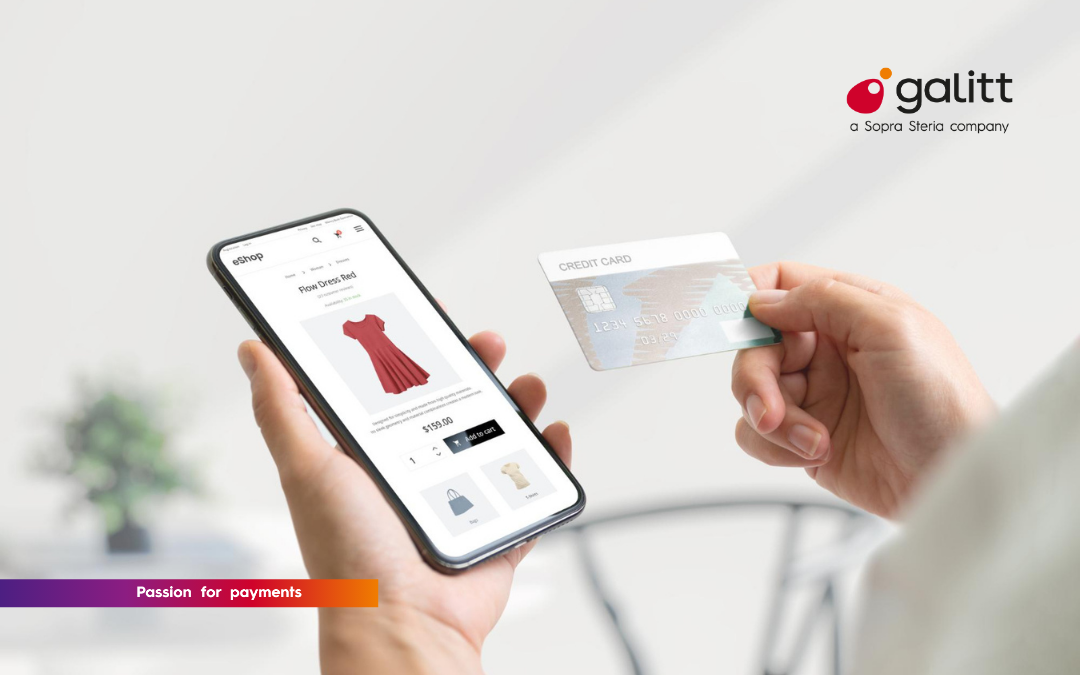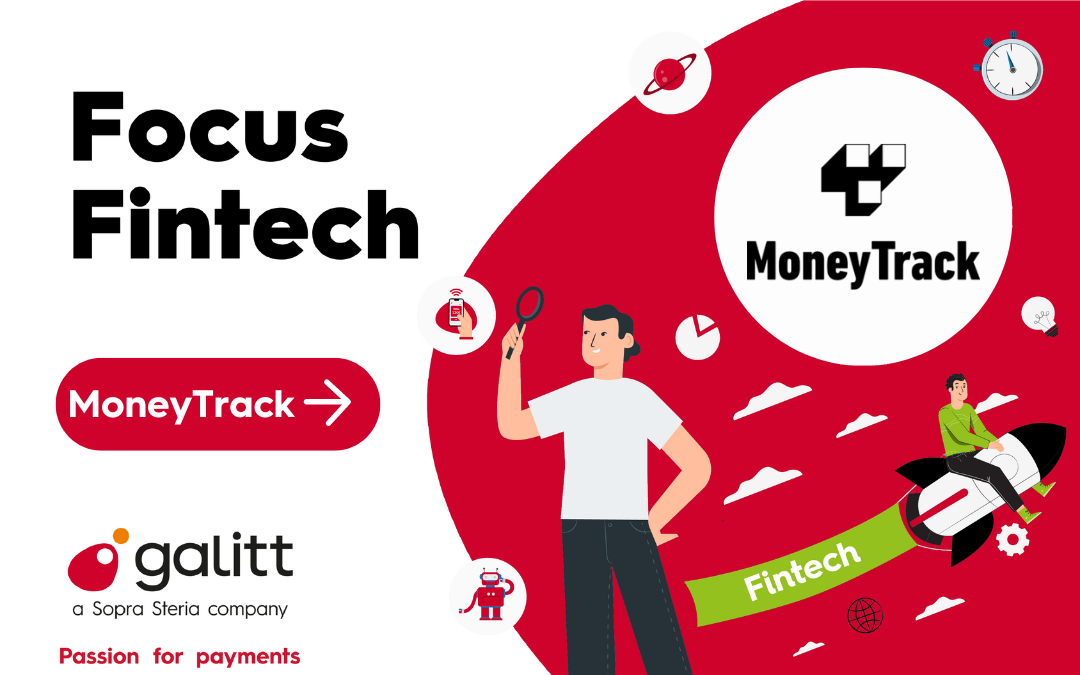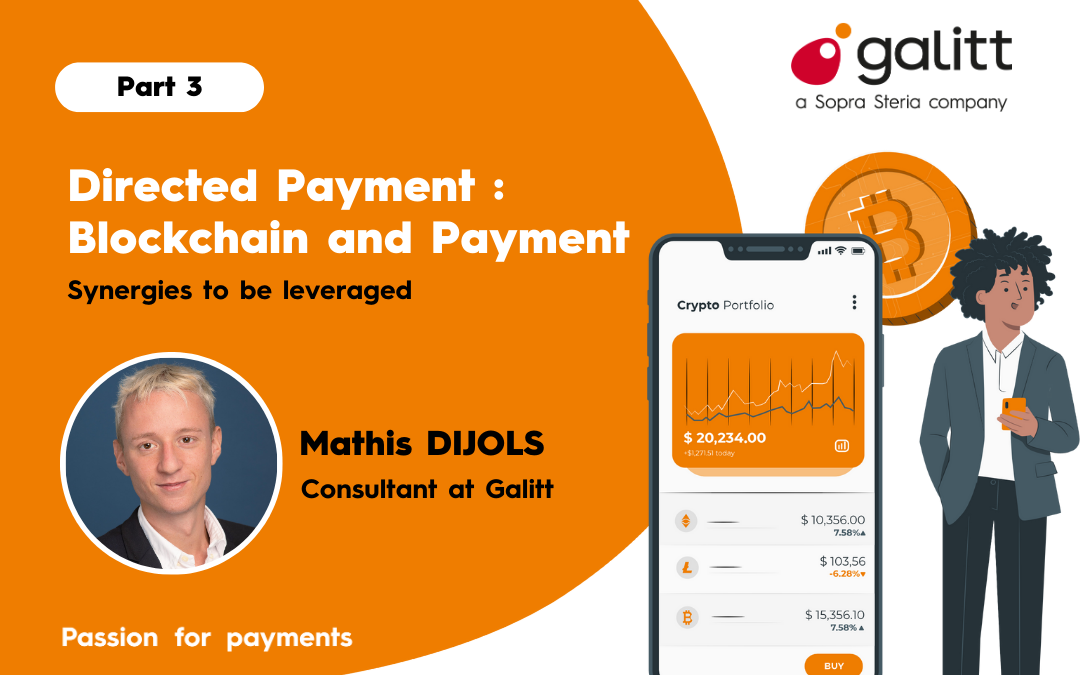[et_pb_section fb_built=”1″ next_background_color=”#ffffff” _builder_version=”4.6.6″ background_color=”#007ac2″ custom_padding=”4%||4%||true|false” bottom_divider_style=”curve”][et_pb_row _builder_version=”4.4.8″][et_pb_column type=”4_4″ _builder_version=”4.4.8″][et_pb_text _builder_version=”4.6.6″ text_text_color=”#ffffff” text_font_size=”24px” text_orientation=”center” custom_margin=”||1%||false|false”]
Key themes
[/et_pb_text][et_pb_text _builder_version=”4.4.8″ text_text_color=”#ffe924″ text_font_size=”24px” header_font=”|800|||||||” header_text_align=”center” header_text_color=”#ffffff” header_font_size=”48px” max_width=”600px” module_alignment=”center” custom_margin=”||1%||false|false” header_font_size_tablet=”” header_font_size_phone=”36px” header_font_size_last_edited=”on|phone”]
New technologies
[/et_pb_text][et_pb_divider color=”#ffffff” divider_weight=”5px” _builder_version=”4.4.8″ width=”135px” module_alignment=”center”][/et_pb_divider][/et_pb_column][/et_pb_row][/et_pb_section][et_pb_section fb_built=”1″ _builder_version=”4.6.6″ custom_margin=”5%||||false|false”][et_pb_row column_structure=”2_5,3_5″ module_id=”StNouvellesTechnologies” _builder_version=”4.6.6″][et_pb_column type=”2_5″ _builder_version=”4.4.8″][et_pb_image src=”https://www.galitt.com/wp-content/uploads/2020/09/Nouvelles_technologies-min-min.png” alt=”Woman using her smpartphone” title_text=”Nouvelles_technologies-min-min” _builder_version=”4.6.6″][/et_pb_image][/et_pb_column][et_pb_column type=”3_5″ _builder_version=”4.4.8″][et_pb_accordion open_toggle_text_color=”#cf022b” open_toggle_background_color=”#ffffff” closed_toggle_background_color=”#ffffff” icon_color=”#cf022b” use_icon_font_size=”on” icon_font_size=”20px” _builder_version=”4.6.6″ toggle_text_color=”#cf022b” toggle_level=”h4″ toggle_font=”IBM Plex Sans|600|||||||” toggle_text_align=”left” toggle_font_size=”20px” toggle_line_height=”1.5em” text_orientation=”left” custom_margin=”|0px|||false|false” custom_padding=”|0px||0px|false|false” border_width_all=”0px” border_color_all=”rgba(0,0,0,0)” border_width_bottom=”2px” border_color_bottom=”#cf022b”][et_pb_accordion_item open=”on” _builder_version=”4.4.8″ custom_css_main_element=”display: none;”][/et_pb_accordion_item][et_pb_accordion_item title=”Payments hybridization” _builder_version=”4.6.6″ custom_margin=”0px|0px|||false|false” custom_padding=”|||0px|false|false” border_color_bottom=”#cf022b” open=”off”]
Payments technology continues to reshape the landscape, supported by rapidly changing customer behavior in the pandemic environment. The SEPA Credit Transfer Instant Payment scheme (SCT-IP) implementation and the evolution of infrastructures towards real time will provide the technology underpinning the shift towards payments hybridization, i.e. the end of silo structures for payment methods (cards, SCT, SDD, cheques, etc.). This transformation is already underway, with the emergence of new payment schemes such as request-to-pay, and accelerated by market initiatives such as the European Payment Initiative (EPI).
[/et_pb_accordion_item][et_pb_accordion_item title=”Authentication” _builder_version=”4.6.6″ custom_padding=”|||0px|false|false” open=”off”]
With the evolution of payment methods, authentication is the keystone for customer experience and payer-paid interactions. The Payment Services Directive (PSD2) allows certain banking data to be accessed or shared via secure channels between payment service providers (PSPs). Strong customer authentication (SCA) is a requirement of the directive, as multi-factor authentication is necessary in order to increase electronic payment security measures for electronic payment equipment, acceptance flows and electronic payment applications and also the protection of card data. Authentication methods, such as biometrics, are increasingly common and essential to create a more secure and simplified payment value chain.
[/et_pb_accordion_item][et_pb_accordion_item title=”Biometrics: an opportunity to make payments safer and easier” _builder_version=”4.4.8″ text_orientation=”left” custom_margin=”|||0px|false|false” custom_padding=”|||0px|false|false” toggle_text_align=”left” open=”off”]
Customers are increasingly accustomed to using fingerprints or facial recognition on their smartphones, which has led to the emergence of companies looking to leverage biometrics to meet business needs in areas such as fraud control and frictionless customer travel. Technological advances such as tactile identification hardware in mobile phones and the connection between the hardware and NFC payments symbolization are driving the use of biometrics and authentication. As other biometric methods, such as vocal, iris identification and even veins, enter the realm of possibilities, business uses are becoming more attractive for payment authentication and ease of use.
[/et_pb_accordion_item][et_pb_accordion_item title=”Digital identification” _builder_version=”4.6.6″ text_orientation=”left” custom_margin=”|||0px|false|false” custom_padding=”|||0px|false|false” toggle_text_align=”left” open=”off”]
Digital identity has emerged in the world of payments as the new core trust issue in the digital world.
A person has several digital profiles, which constitute their digital identity. In general, a set of attributes which have been collected on the Internet and are directly or indirectly linked to a particular person (e-mail address, pseudonyms, IP address, etc.) is used to create a digital profile. Digital identity is at the core of registration and identity verification processes and also authentication and signature and consent management requiring the use of an individual’s personal data.
As the relationship between identity and payments is inseparable, correctly identifying and authenticating digital identities securely on a large scale is an ongoing challenge.
If you want to know more, here’s our white paper on digital trust.
[/et_pb_accordion_item][et_pb_accordion_item title=”Blockchain and cryptocurrencies” _builder_version=”4.6.6″ text_orientation=”left” custom_margin=”|||0px|false|false” custom_padding=”|||0px|false|false” toggle_text_align=”left” open=”off”]
Cryptocurrencies, such as the Bitcoin, have called into question the fundamental way in which payments are made and carried out. These digital assets function like a traditional currency, but with greater speed and are also secure and global. Although highly disruptive, cryptocurrency is in fact a type of DLT, which is then organized into a sequence of blocks (blockchain) that has been tested in various uses. According to the World Economic Forum, it is estimated that 10% of the world’s GDP will be stored using blockchains by 2027.
The blockchain allows for transparent and secure storage and transmission of digital assets, but without a central controlling body.
Different users check the validity of the digital asset and the exchange history cannot be changed. Currently, blockchain technology is more promising than its implementation. However, it could have a potentially strong evolutionary impact in many applications, such as digital trust building and personal data protection.
[/et_pb_accordion_item][et_pb_accordion_item title=”The advent of connected objects and payment ” _builder_version=”4.6.6″ text_orientation=”left” custom_margin=”|||0px|false|false” custom_padding=”|||0px|false|false” toggle_text_align=”left” open=”off”]
Imagine a world where every machine connected to the Internet is interconnected and could conduct commerce such as accepting and making payments. Considered by many experts to be the next Internet revolution, the Internet of things (IOT) is generating a great deal of excitement, hope and speculation in the digital realm. The IOT represents a combination of devices and software systems that communicate via the Internet, capable of sending, receiving and analysing data, without human intervention. It refers to the extension of the Internet to the physical world.
New forms of payment taking advantage of connectivity have emerged in recent years. Here are a few of the most common concepts:
-
Remote payment: extended to new devices such as TV, car…
-
Wearables: payment and authentication by biometrics
-
Innovative payment processes based on the IOT: payment and hands-free payment, usage-based payment, automated ordering and payment.
Such concepts open up new possibilities for improving the customer experience, both for remote and face-to-face payments. However, it remains to be seen how far these changes will transform the payments landscape.
[/et_pb_accordion_item][et_pb_accordion_item title=”Artificial intelligence as a catalyst for new payment service functionalities” _builder_version=”4.6.6″ text_orientation=”left” custom_margin=”|||0px|false|false” custom_padding=”|||0px|false|false” toggle_text_align=”left” open=”off”]
The use of artificial intelligence is growing rapidly: it can improve the payment ecosystem for banks, payment processors, merchants and retailers.
According to IDC, financial services companies are expected to spend $11 billion on artificial intelligence by 2020. The usefulness of AI in fraud detection is obvious, but as it becomes more commonplace, we can see the potential impact on other areas such as alternative payment automation, chatbots to help resolve chargebacks more rapidly and efficiency gains through robotic process automation (RPA).
The opportunities for the use of artificial intelligence in payments are numerous and it is clear that the industry will be heavily impacted in a number of positive ways.
[/et_pb_accordion_item][/et_pb_accordion][/et_pb_column][/et_pb_row][/et_pb_section][et_pb_section fb_built=”1″ _builder_version=”4.4.8″ custom_padding=”5%||||false|false”][et_pb_row column_structure=”3_5,2_5″ _builder_version=”4.4.8″][et_pb_column type=”3_5″ _builder_version=”4.4.8″][et_pb_text _builder_version=”4.6.6″ text_font=”|700|||||||” text_text_color=”#cf022b” header_text_color=”#cf022b”]
Galitt at your side
[/et_pb_text][et_pb_text _builder_version=”4.4.8″ header_font_size=”48px” custom_margin=”||18px|||” header_font_size_tablet=”” header_font_size_phone=”36px” header_font_size_last_edited=”on|phone”]
Galitt can help you address your challenges
[/et_pb_text][et_pb_text _builder_version=”4.6.6″ custom_margin=”8px|||||”]
-
Informing you about new payment technologies and finding the solution that can help you react quickly to new market developments.
-
Supporting you in defining your project in order to meet your commercial and technical needs.
-
Helping you set up e-payment benchmarks and payment benchmarks.
-
Providing expert advice to help you meet technical and regulatory challenges.
-
Helping you navigate through solutions impacting authentication and know your client (KYC) issues.
[/et_pb_text][/et_pb_column][et_pb_column type=”2_5″ _builder_version=”4.4.8″][et_pb_image src=”https://www.galitt.com/wp-content/uploads/2020/08/Nouvelles_technologies_2-2-min.png” alt=” Man connecting safely” title_text=”Nouvelles-technologies” align=”right” _builder_version=”4.6.6″][/et_pb_image][/et_pb_column][/et_pb_row][/et_pb_section][et_pb_section fb_built=”1″ module_id=”StRemi” _builder_version=”4.6.6″][et_pb_row _builder_version=”4.4.8″][et_pb_column type=”4_4″ _builder_version=”4.4.8″][et_pb_divider color=”#e2dfe0″ _builder_version=”4.4.8″][/et_pb_divider][/et_pb_column][/et_pb_row][et_pb_row _builder_version=”4.4.8″][et_pb_column type=”4_4″ _builder_version=”4.4.8″][et_pb_text _builder_version=”4.6.6″ text_orientation=”center” module_alignment=”center” custom_margin=”0px||5%||false|false”]
Do you have questions ? Contact us !
[/et_pb_text][et_pb_image src=”https://www.galitt.com/wp-content/uploads/2021/04/Pierre_1.gif” alt=”Pierre Lahbabi” title_text=”Pierre_1″ align=”center” _builder_version=”4.6.6″ hover_enabled=”0″ sticky_enabled=”0″][/et_pb_image][et_pb_text _builder_version=”4.6.6″ text_font=”|700|||||||” text_text_color=”#231f20″ text_font_size=”24px” text_line_height=”1.4em” text_orientation=”center” module_alignment=”center” custom_margin=”||14px|||” hover_enabled=”0″ sticky_enabled=”0″]
Pierre Lahbabi
[/et_pb_text][et_pb_text _builder_version=”4.6.6″ text_line_height=”1.3em” text_orientation=”center” module_alignment=”center” hover_enabled=”0″ sticky_enabled=”0″]
Galitt – CEO
pierre.lahbabi@galitt.com
+ 33 6 48 70 15 93
[/et_pb_text][/et_pb_column][/et_pb_row][/et_pb_section][et_pb_section fb_built=”1″ _builder_version=”4.6.6″ background_image=”https://www.galitt.com/wp-content/uploads/2020/10/Group-257-min.png” custom_margin=”5%||||false|false”][/et_pb_section]




